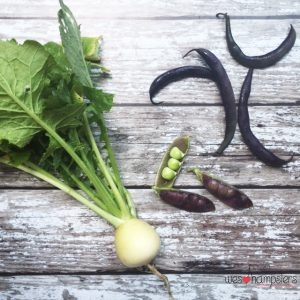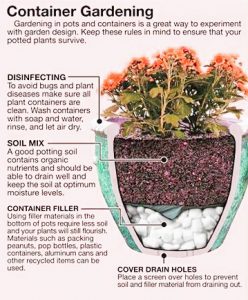
I admit it. Writing this is not easy as it seems!
I LOVE GARDENING.
I enjoy it so much that when I lived in Italy I took night classes to become European licensed garden designer and have refurbished some gardens in Italy and more than a couple in London in my spare time from work.
So writing just a little on the subject is hard! Since moving to the U.K. I have even understood why so much of the population here love it. With this climate it is a challenge! It becomes a true race of gardener vs nature, and I love it!
Among the many things I like about green stuff, I particularly enjoy the challenge that is the urban garden.
I have borrowed the famous “Dig for Victory” poster as an image for this article as when I moved here I learned about this big London urban gardening experiment that was successful and decided due to the harsh times; the ‘Dig for Victory’ campaign was set up during WWII by the British Ministry of Agriculture. UK citizens were encouraged to grow their own food in times of harsh rationing. Open spaces everywhere were transformed into allotments, from domestic gardens to public parks – even the lawns outside the Tower of London were turned into vegetable patches. The trend even now is supported by new initiatives.
But how do you start your own little veggie garden in a Patio, in London, often in a condition of partial shade or shade? Not everyone sadly has an allotment, I too am among the ones that do not.
My suggestion is start small and with easy things! Experiment and write down your results.
You can grow many things in different size pots and planters as long as you take care to follow the instructions on the growing of those plants very closely and you apply them as well as you can.
BASIC TIPS:
-
- You can start many plants from seed indoors, usually around March, this will give you a head start and you can bring the plants outside when they are stronger. If you do not feel ready or do not have the space though, there are many nurseries you can buy the small plants at, both online and offline, for example homebase.
- In London, the last frost is usually on the very last days of April, if you decide to start the seeds indoors, keep that in mind before putting the small weak plants outside if you don not have a mini green house or something similar.

- Learn how to prepare your container and put your plants in it, luckily the RHS has an amazing site that helps out with this with clear and easy instructions that I can summarise here as follows:
A) Place drainage material in the bottom of the container, such as broken up polystyrene, stones or broken terracotta (crocks). For a container 45cm (18in) deep, a 9cm (3½in) drainage layer is sufficient. Fill the container with compost, leaving room to arrange the plants on the surface or a little for the seeds.
B) Put the seeds in the pot following the instructions on the seed box (though you can usually sow them just slightly closer as you are putting veggies in pots instead of earth) or in case of a plant, carefully remove the plants from their pots, tease out the roots gently and work more compost around the rootballs. Ensure that the top of the rootball is level with the surface of the compost.
C) In case of seeds, cover the seeds with soil following instructions on depth, but do not press too much! In case of plants, firm the compost around the plants instead, in both cases water well to settle any air pockets and top up with compost if necessary
D) Make sure there is a gap of about 2.5cm (1in) between soil level and the top of the container. This will ensure there’s room for the water to soak in
- Decide what to plant. And learn as much as possible on that plant so you can take care of it, the ones I have had most success with in my partial shade patio have been:
– Tomatoes of the “Money Maker variety”
– Courgettes of most varieties but the “romanesco” seem to have more success
– Turnips of the “Tokyo Cross” variety
– Dwarf French beans
– Spring Onions
– Onions
– Garlic
– Potatoes of the “Charlotte” Variety, I grow these in big bags made of canapa and they do great!
– Pumpkin of the “Chioggia” quality as you can make the climb and go vertical
– Cucumbers
– Strawberries (most varieties)
– Blueberries (the small plants can be kept in pots and are beautiful too!) - Remember to use fertiliser! Not when the plants are too young so not to burn the roots, but either starting to treat the earth in the winter in preparation for it or waiting that the plants grow a bit, follow the instructions!
- Snail treatments: snails in London are voracious little buggers that can really ruin all your hard work! But please try to avoid using poisons in your garden, even if it is just a patio! For snails choose the amazing NEMASLUG instead! The instructions are really easy and you will probably just need to do 2 applications if you start treating the earth in March. After the nemaslug you might still have some, if you do and you really want to get rid of them you can use Beer traps if all fails and you really need to use chemical options please do not put it in the soil, it is bad for other creatures too, buy a SLUG BELL instead! This will avoid other critters eating the poison as the pellets are hidden in the bell and only slugs get to them, and if you take care of throwing away the dead slugs in the early morning birds will not get to them.
This is the result of my experimenting, failing and overall being super happy trying! There are many more things to write about, and I will go more into depth in future articles but I am certain these tips are a perfect way to start your own little urban vegetable garden! Dig for Victory (your own mostly!)!

Leave a Reply